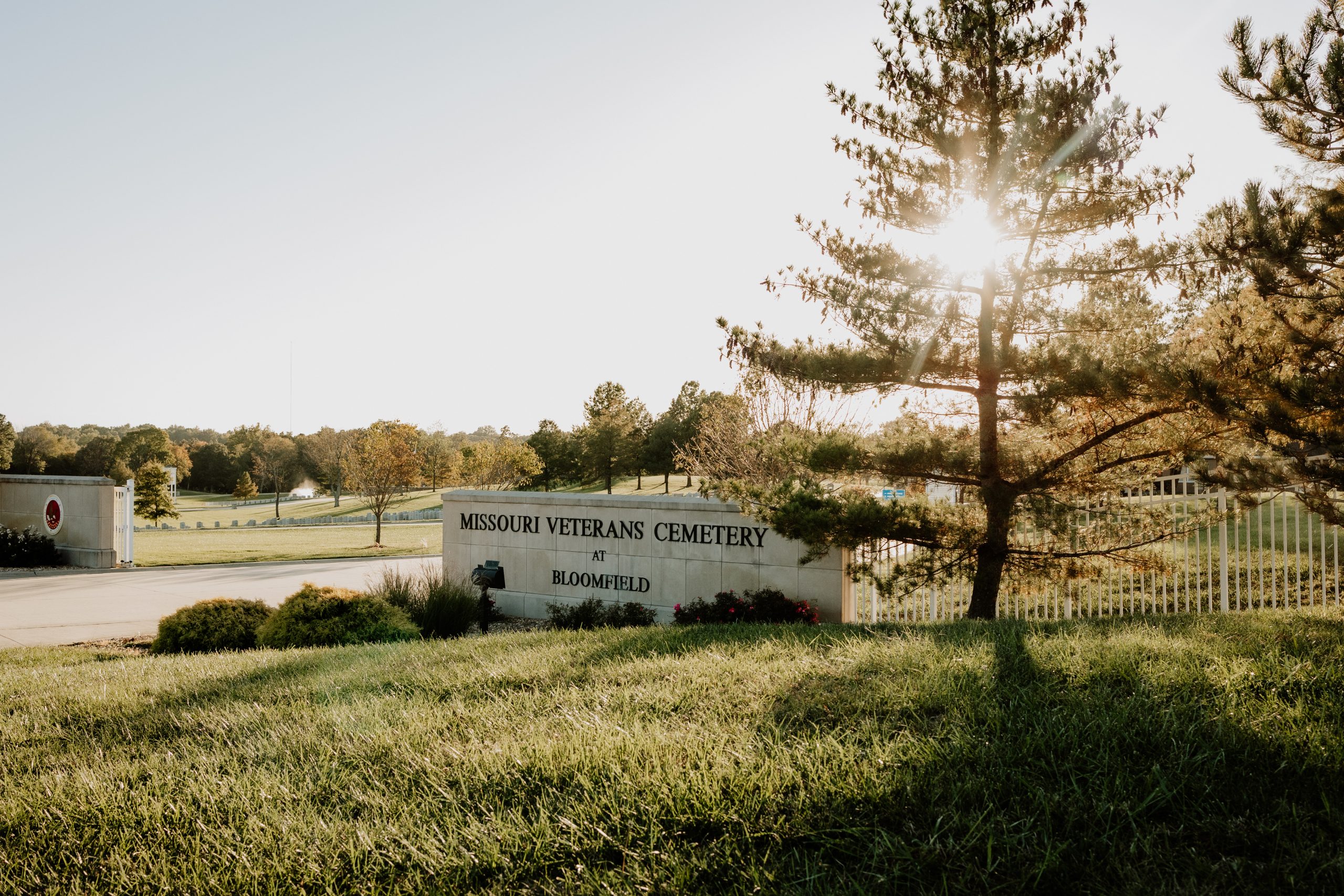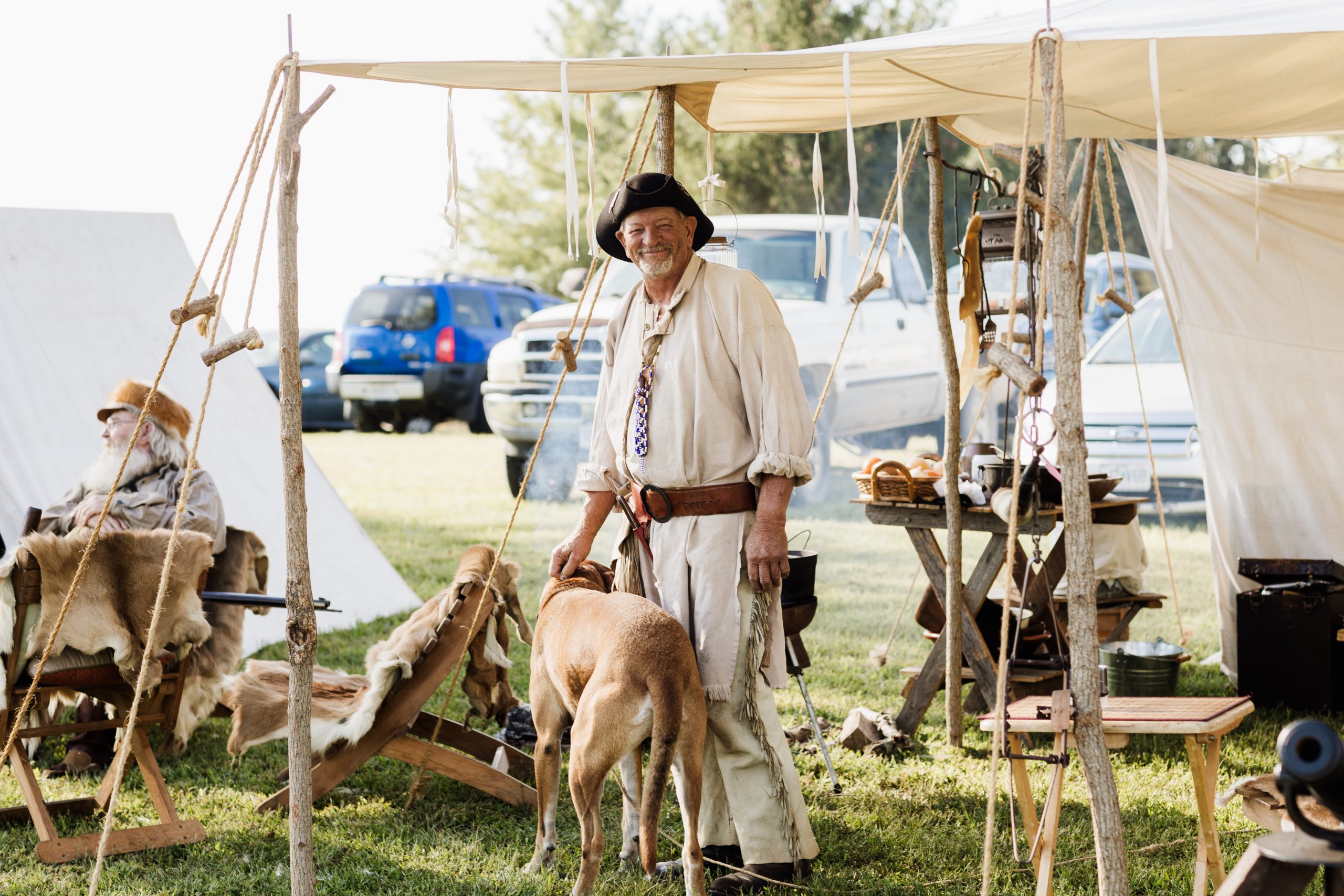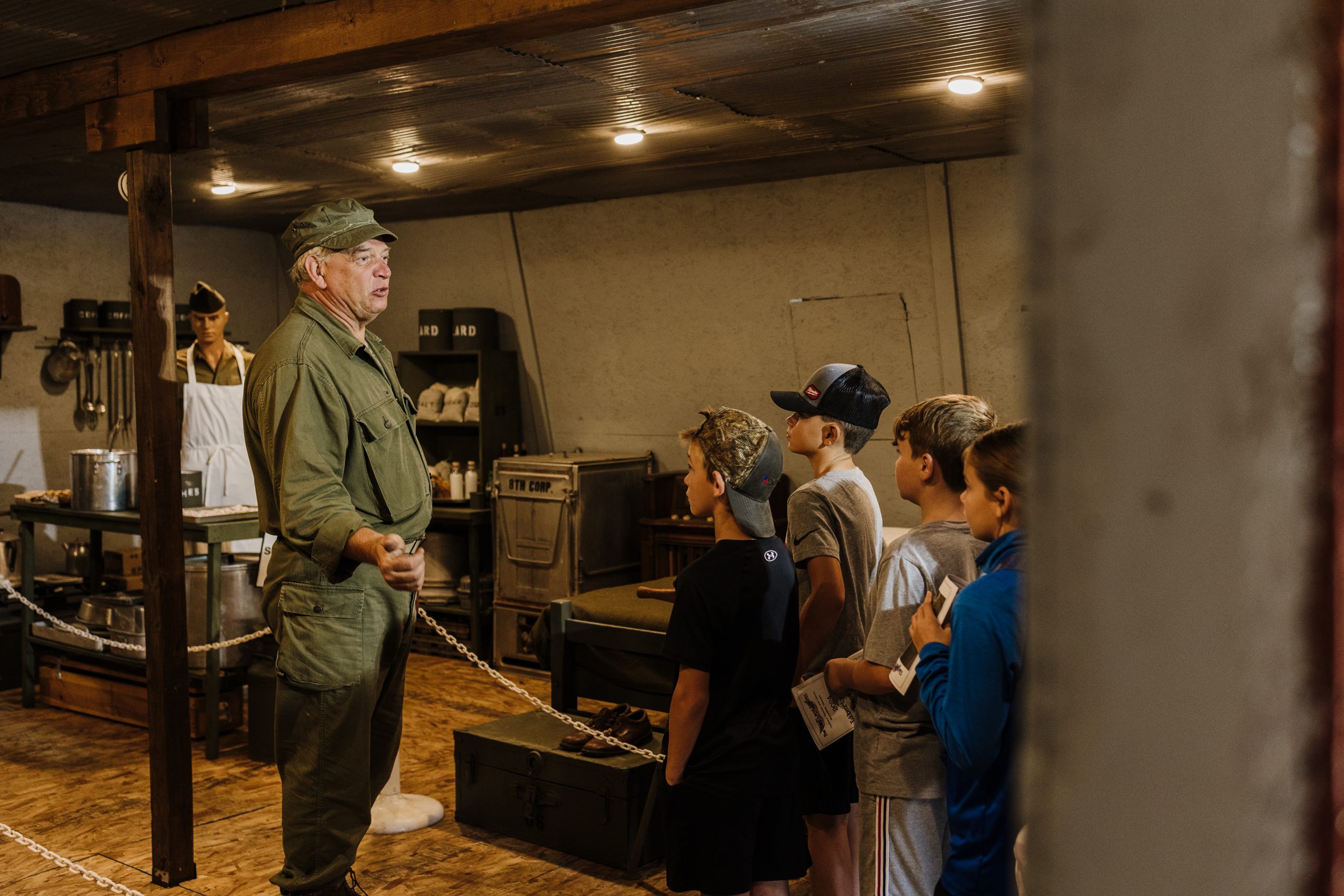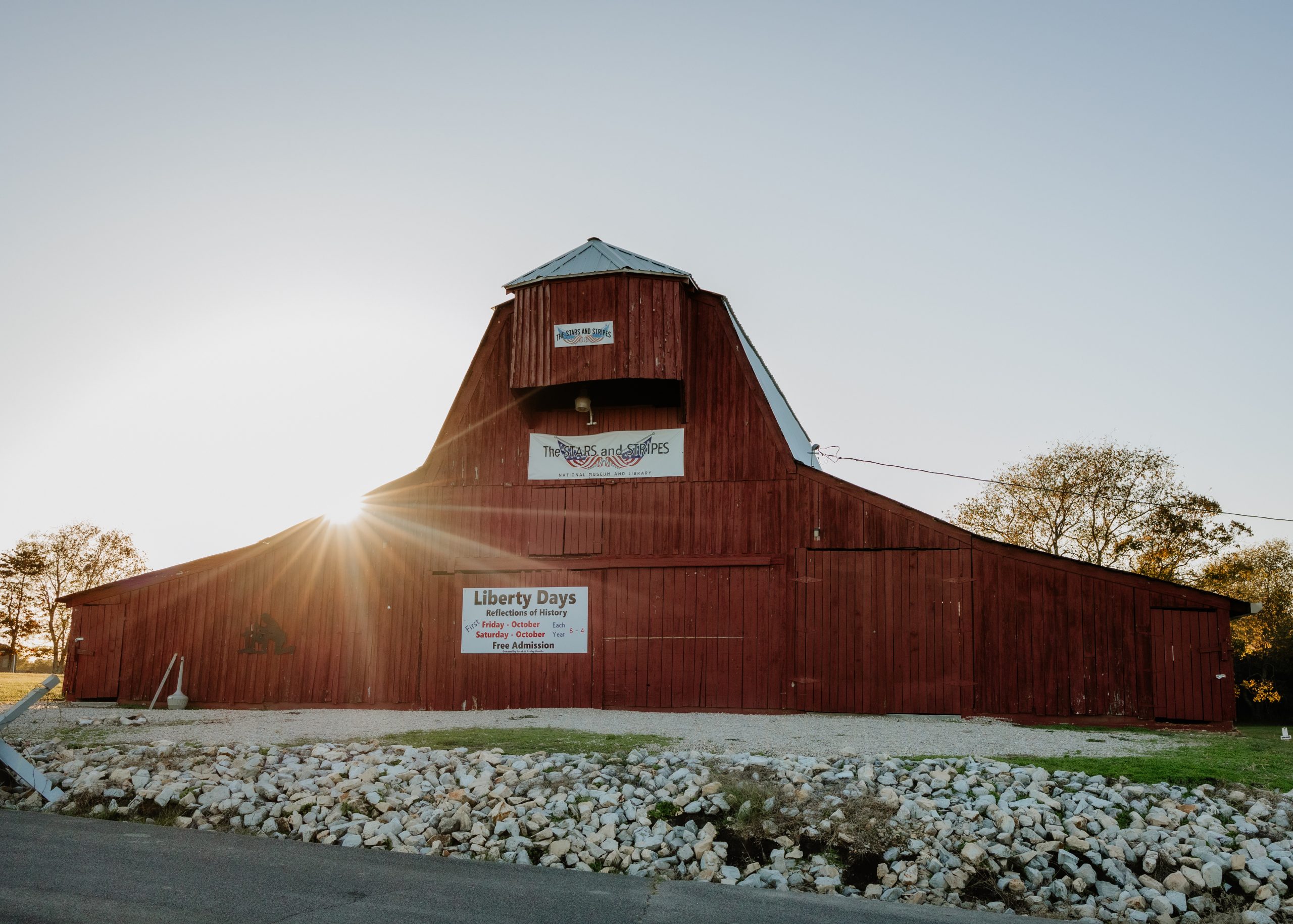The Original Town of Dexter
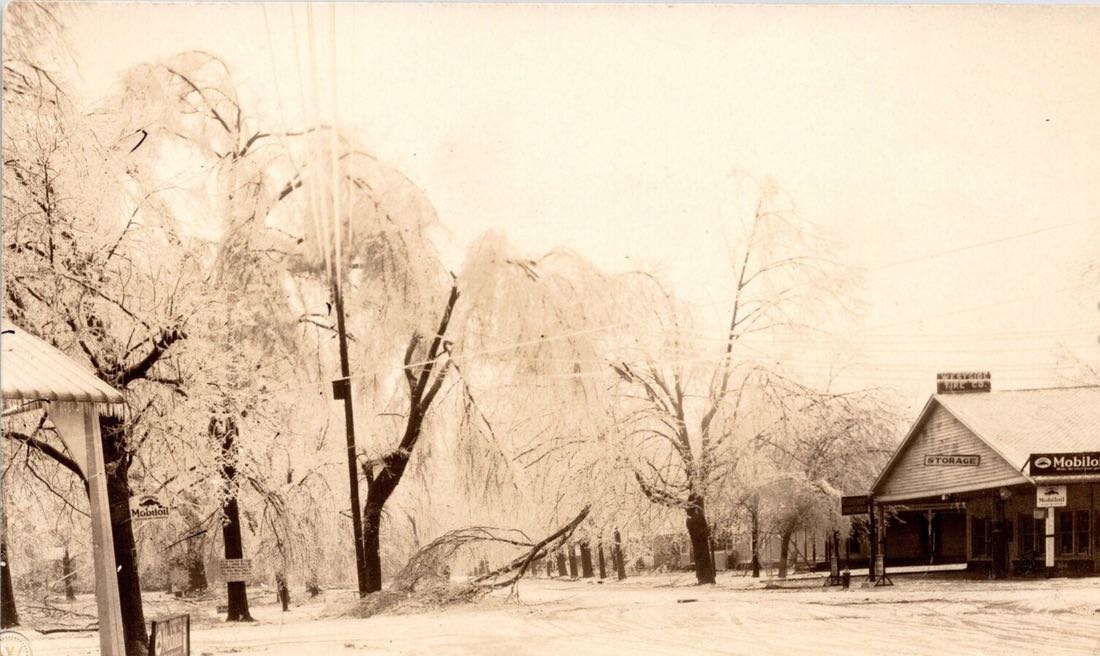
Mobile Station, Dexter, 1913
Sharing Dexter’s History
Compiled by Revalee Minton
The original map of the town of Dexter was filed in St. Louis County in 1873 by Thomas Allen, president of the Cairo, Arkansas and Texas Railroad Company. However, many settlements in the area already existed. After the Louisiana Purchase and the Lewis and Clark Expedition, land was surveyed and An Act of Congress of the 24th of April 1820 entitled “An act making provision for the sale of public lands” was passed.
Jackson, Missouri, was the location of the Register of the Land Office for this area. James Dowdy (father of Sibble Dowdy Crytes) purchased 40 acres Certificate #8334 in 1843 and 120 acres Certificate #14460 in 1853. These are recorded in Book 25, pages 597-598 Stoddard County Land Records. Ridgetop Acres are part of these lands.
Dexter: A Pictorial History
A Glimpse of the Past
We are indebted to Mrs. Veda Ladd Oliver for her writing of the history of Dexter. The town had been in existence a little over 50 years at the time she wrote her story. Her information source included people who were actually present at the sale of Dexter’s first lots on July 4, 1873.
Today we have access to information filed in the Missouri State Archives and the Missouri State Library. This information provides us with the history of “our” first railroad. In 1859, in Bloomfield, Missouri, a newspaper, The Herald, was published by A. B. Bedford of Charleston, Missouri. Its main objective was the promotion of building a railroad from the Mississippi River westward. The railroad was begun and by 1860 was completed to Buffington.
The coming of the Civil War stopped most railroad building. Many of the railroads in existence were damaged and had to be repaired. The interest in railroads continued but the difficulty in getting rails caused the location of the roads to be more selective. A line was completed from St. Louis to Pilot Knob before the war. This road was one selected to be completed southward to Arkansas with a dream to go to Texas. This was the Cairo and Fulton line. April 2, 1873, was the day of the first run of a train from St. Louis to Moark. Thomas Allen acquired the Missouri part of the Cairo and Fulton lines in 1867. The Cairo, Arkansas and Texas Railroad Company was formed May 16, 1872. It received the old Cairo and Fulton property from Allen.
Also acquired was the old Cairo and Fulton Land Grant of about 65,000 acres. Thomas Allen was the president of the Company. This company was formed for the purpose of connecting the river port on the Mississippi with the terminus at Poplar Bluff. This was a line approximately 72 miles in length with about 30 miles completed by 1860.
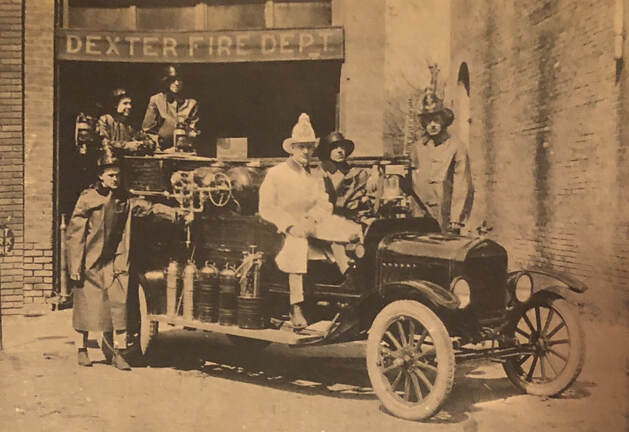
Believed to be Dexter’s first fire engine
The Stars and Stripes National Museum and Library
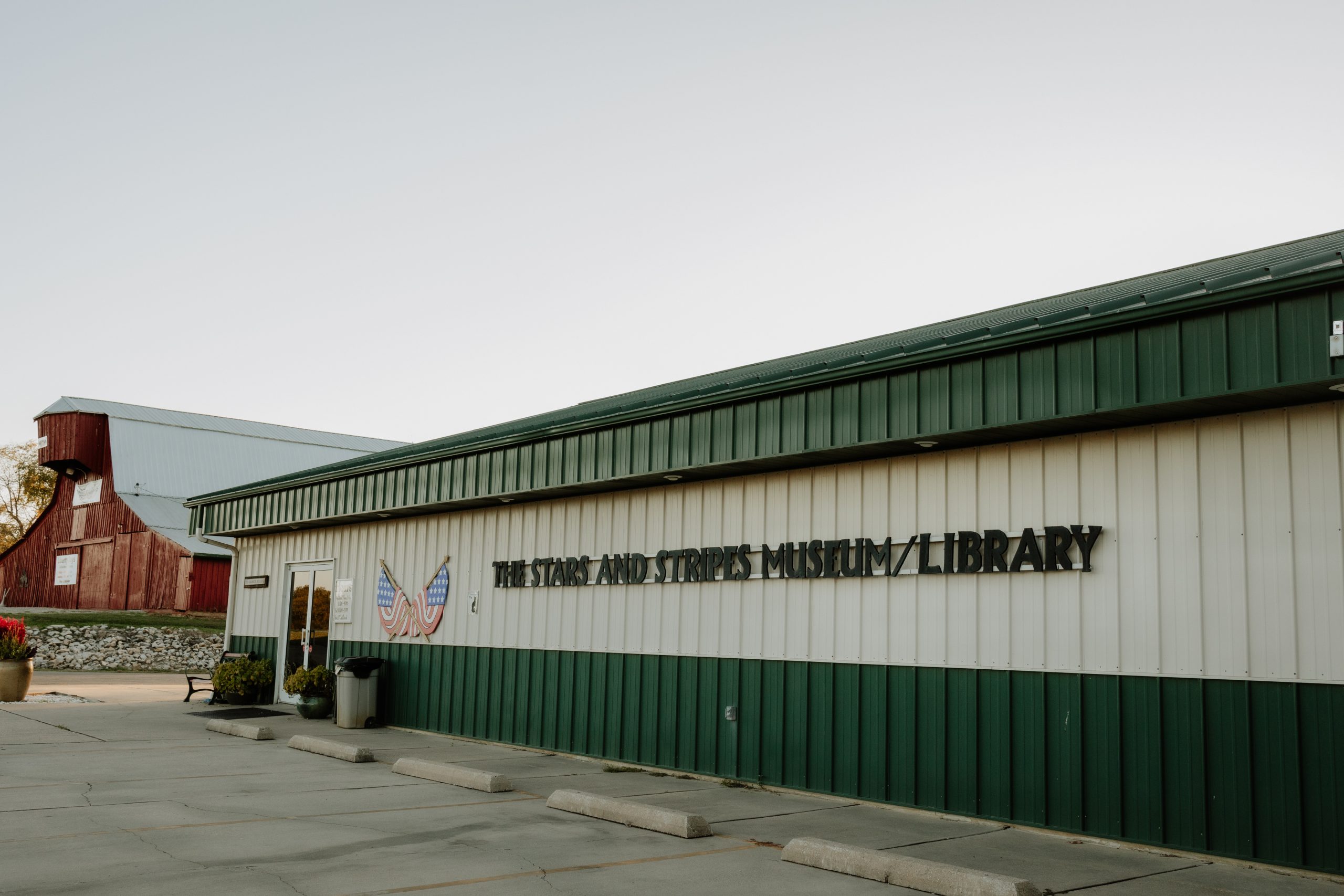
About The Museum
Located in Bloomfield, Missouri, the designated birthplace of the Stars and Stripes by the US Department of Defense, the Museum collects, documents, celebrates, interprets, and preserves material related to the creation and continuing history of the Stars and Stripes, our nation’s military newspaper.
Through exhibits and programs, The Stars and Stripes National Museum and Library offers a unique and important view of some of the most pivotal moments in modern history. The Museum highlights the history of the Stars and Stripes from the very first issue, printed by Union troops in November 1861, through the wars of the 20th century and into modern era.
The Missouri Veterans Cemetery
The Missouri Veterans Cemetery at Bloomfield, which held its first interment on September 29, 2003, is a serene and dignified resting place with space for approximately 27,000 gravesites. Nestled on 65 acres of scenic Crowley’s Ridge in southeastern Missouri’s bootheel, this cemetery is steeped in historical significance. It shares its entryway with the renowned Stars and Stripes Museum, dedicated to the legacy of the military newspaper.
Visitors will find a variety of facilities, including an administration building with a reception area and public restrooms. A spacious, enclosed, and heated committal shelter hosts interment services, while attached columbarium walls offer 800 niches for cremation urns. Together, these features create a peaceful plaza where memorial ceremonies can take place.
A tranquil lake, highlighted by a red, white, and blue illuminated fountain, lies at the southern end of the cemetery, surrounded by a walking path. On the hour, the gentle tones of a carillon tower fill the air, providing a calming soundtrack to the rolling landscape. Throughout the cemetery, grey granite memorial benches offer spots for quiet reflection and rest.
